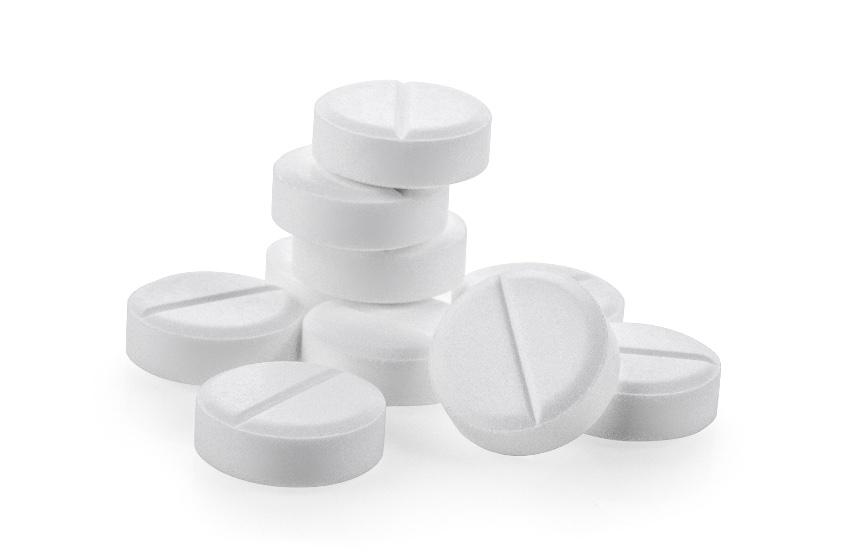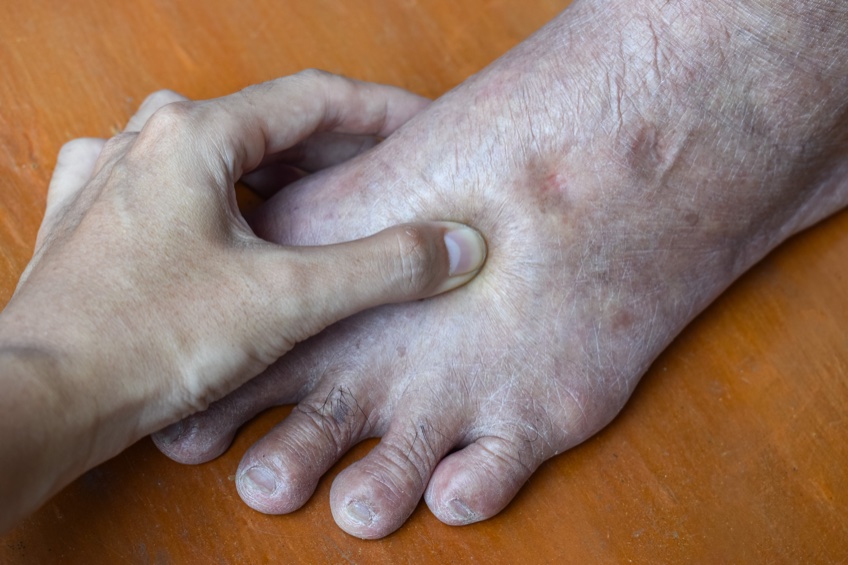
Paracetamol poisoning and why the SNAP regimen is important
8th August 2022
Emergency Department Presentation – Fingertip Injuries
22nd August 2022Peripheral oedema is a condition where fluid collects in the tissues of the extremities, causing swelling. It falls into the category of oedemas, since its cause is an imbalance in the body’s extracellular fluid volume.
In most cases, peripheral oedema is not a serious condition and can be treated with lifestyle changes and over-the-counter medications. However, in some cases, peripheral oedema can be a sign of a more serious underlying condition, such as heart failure or kidney disease.
Patients should seek medical assistance right away if they experience sudden or severe swelling, shortness of breath, or chest pain because these symptoms could indicate a serious emergency that could endanger their lives. In these circumstances, more aggressive treatment options including diuretics or surgery may be required.
Common causes include:
• Standing or sitting for long periods
• Being overweight or obese
• Excessive salt intake
• Low levels of protein
• Pregnancy
Other potential causes include heart failure, liver failure, kidney failure, and metabolic disorders.
• In heart failure, the heart is unable to pump blood efficiently, leading to a build-up of fluid in the extremities.
• Liver failure can cause oedema by causing a build-up of toxins in the body, which can lead to fluid retention.
• Kidney failure can cause oedema by causing the kidneys to retain fluid.
• Metabolic disorders can cause oedema by disrupting the body’s ability to process and use nutrients properly.
When an emergency or outpatient treatment is needed
If the patient is displaying signs of peripheral oedema, it’s important to make an accurate diagnosis before you decide on the best course of action.
Outpatient treatment for peripheral oedema
Outpatient treatment can be effective when home treatment options are not working or when there is a risk of the condition worsening. Remember that outpatient treatment may not be right for everyone, so be sure to discuss all options with your patient before making a decision.
Outpatient treatment for peripheral oedema typically includes diuretics to reduce fluid retention, compression therapy to reduce swelling, and elevation of the affected limb to reduce congestion. In some cases, manual lymphatic drainage or other forms of massage may be recommended. Surgery is rarely needed to treat peripheral oedema.
Emergency treatment for peripheral oedema
Emergency treatment for peripheral oedema is care given to a patient with a medical condition that requires immediate attention. This can include first aid, life-saving measures, and stabilisation of the patient until they can be transferred to a hospital or other medical facility.
Emergency treatment for peripheral oedema is often needed when the condition is caused by a heart attack, stroke, or other serious medical condition. If the oedema is severe, you may need to be hospitalised so you can be monitored and treated with intravenous (IV) fluids and diuretics.
Conclusion
Peripheral oedema is a common condition observed among patients with multiple underlying medical conditions – especially in the elderly and pregnant women. It could be a nonspecific sign that may be a part of the clinical evaluation of any patient presenting with symptoms such as swelling of feet and other affected limbs, shortness of breath, and weight gain. Early recognition and treatment of this problem can help prevent further complications.




